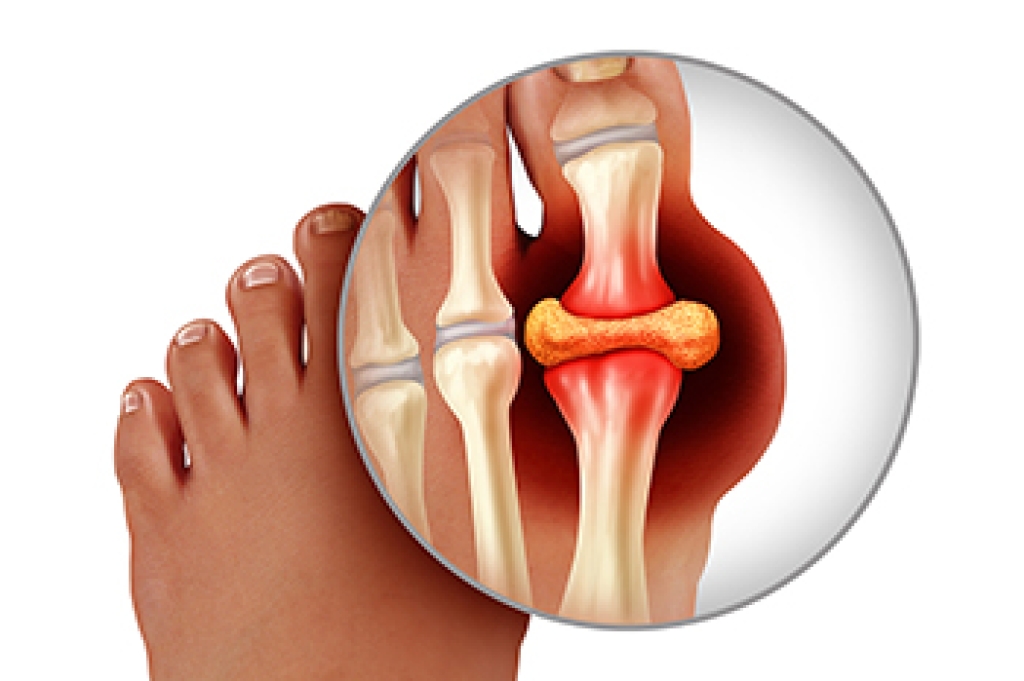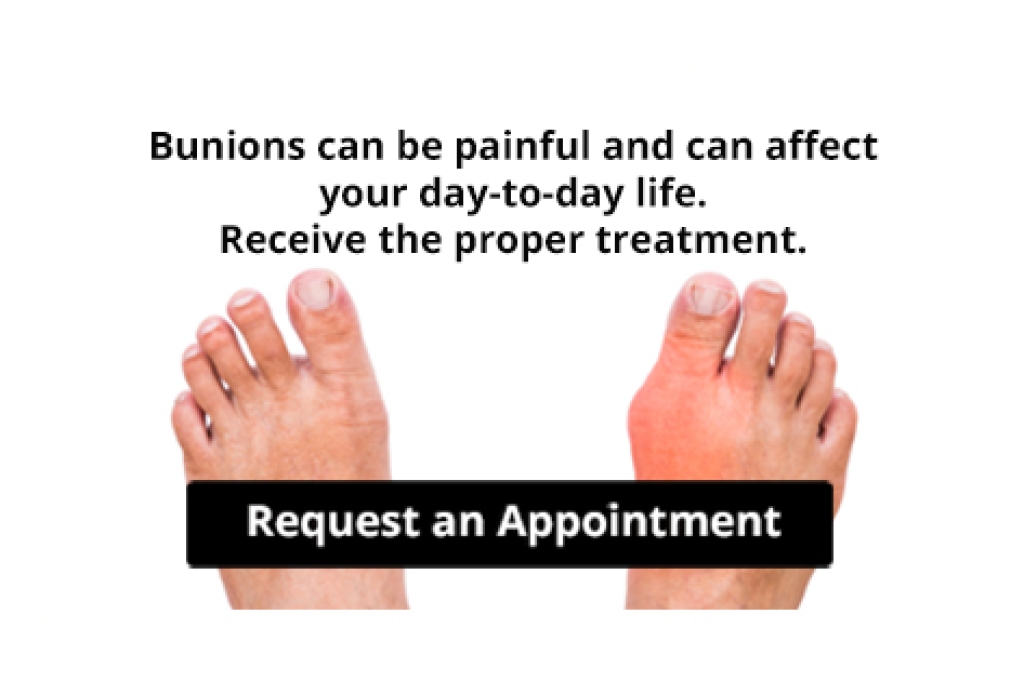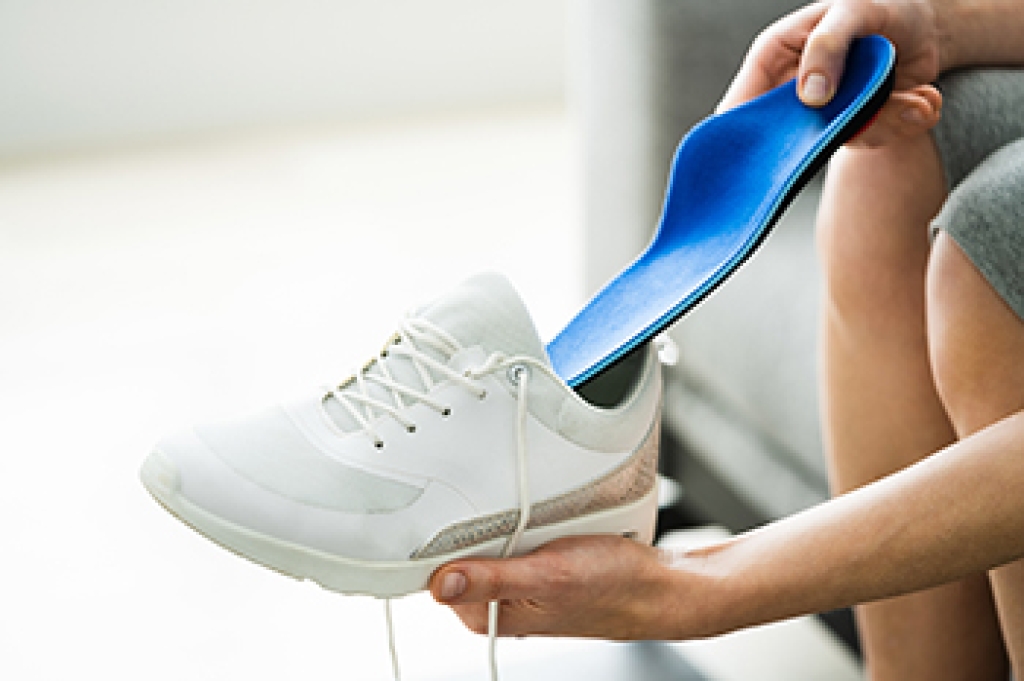
A foot blister is a small fluid-filled pocket that forms when friction irritates the skin. During hiking, blisters often occur because long distances, uneven terrain, and moisture create repeated rubbing between the skin, socks, and shoes. Heat and pressure build up, leading to painful bubble like lesions. Prevention starts with wearing properly fitted footwear, moisture wicking socks, and keeping your feet dry and protected during activity. A podiatrist can assess recurring blisters, address underlying foot mechanics, recommend supportive gear, and treat infection or other complications. If you are dealing with persistent foot blisters that interfere with your activities, it is suggested that you schedule an appointment with a podiatrist to receive safe and sterile care and effective prevention tips.
Blisters may appear as a single bubble or in a cluster. They can cause a lot of pain and may be filled with pus, blood, or watery serum. If your feet are hurting, contact one of our podiatrists of Lexington Foot and Ankle Center, PSC. Our doctors can provide the care you need to keep you pain-free and on your feet.
Foot Blisters
Foot blisters are often the result of friction. This happens due to the constant rubbing from shoes, which can lead to pain.
What Are Foot Blisters?
A foot blister is a small fluid-filled pocket that forms on the upper-most layer of the skin. Blisters are filled with clear fluid and can lead to blood drainage or pus if the area becomes infected.
Symptoms
(Blister symptoms may vary depending on what is causing them)
- Bubble of skin filled with fluid
- Redness
- Moderate to severe pain
- Itching
Prevention & Treatment
In order to prevent blisters, you should be sure to wear comfortable shoes with socks that cushion your feet and absorb sweat. Breaking a blister open may increase your chances of developing an infection. However, if your blister breaks, you should wash the area with soap and water immediately and then apply a bandage to the affected area. If your blisters cause severe pain it is important that you call your podiatrist right away.
If you have any questions, please feel free to contact our offices located in Harrodsburg, Frankfort, Georgetown, and Lexington, KY . We offer the newest diagnostic and treatment technologies for all your foot care needs.



